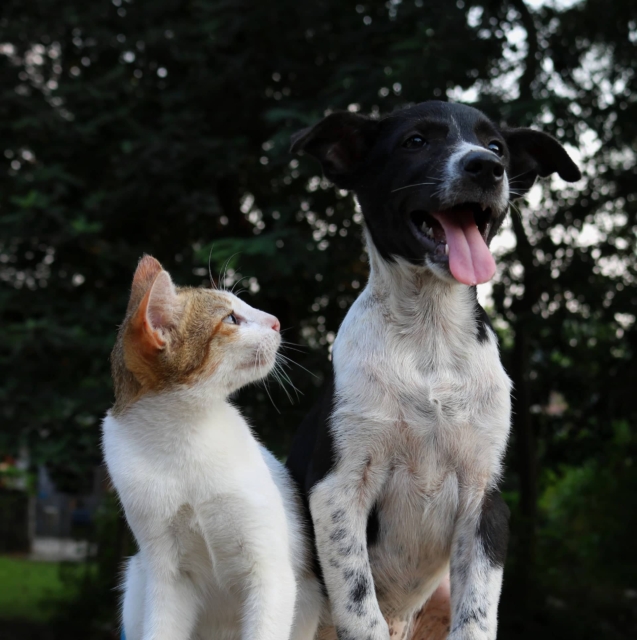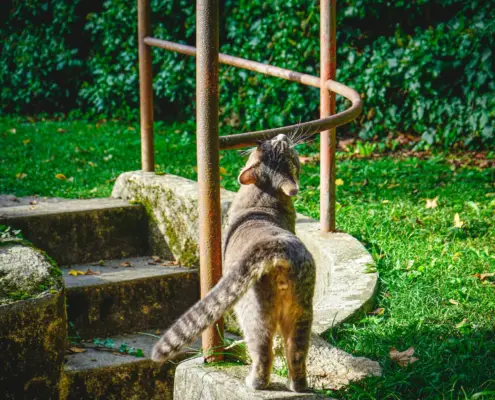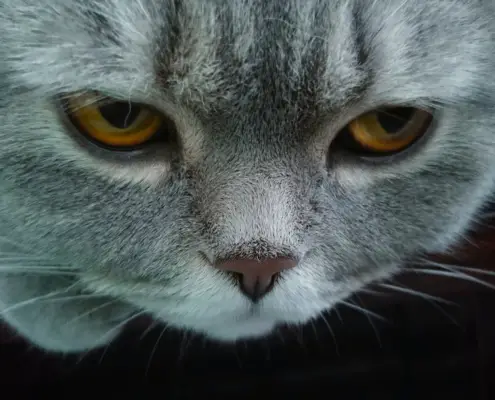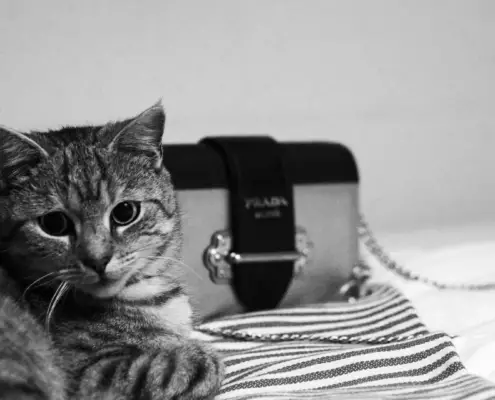
The rivalry between cats and dogs is a tale as old as time. For centuries, these two beloved pets have been depicted as natural enemies, constantly at odds with each other. But why is this the case? What is it about cats and dogs that seems to spark such animosity? In this article, we will delve into the history, biology, and communication differences that contribute to the age-old rivalry between cats and dogs.
The history of cats and dogs living together
Cats and dogs have a long history of cohabitation, dating back thousands of years. Ancient civilizations, such as the Egyptians, revered cats for their ability to hunt and protect their grain stores from rodents. Dogs, on the other hand, were valued for their loyalty and protective nature. Despite their different roles, cats and dogs often found themselves sharing the same living spaces.
Biological and evolutionary factors that contribute to the rivalry
Biological and evolutionary factors play a significant role in the rivalry between cats and dogs. Cats are solitary hunters by nature, while dogs are pack animals. This fundamental difference in their genetic makeup affects their behavior and social dynamics. Cats are territorial creatures, and they mark their territory using scent glands located on their face and paws. Dogs, on the other hand, rely more on vocalizations and body language to establish dominance and communicate with other dogs.
Understanding the territorial nature of cats and dogs
One of the primary reasons for the clash between cats and dogs is their territorial nature. Cats are highly territorial animals and are often resistant to sharing their space with other animals, including dogs. When a new dog enters a cat’s territory, it can trigger fear and aggression in the cat. Similarly, dogs can become territorial over their food, toys, and sleeping areas, which can lead to conflicts with cats.
Communication differences between cats and dogs
Cats and dogs have distinct communication styles, which can lead to misunderstandings and conflicts. Cats communicate through a combination of vocalizations, body language, and scent marking. They use their tails, ears, and whiskers to convey their emotions. Dogs, on the other hand, rely heavily on vocalizations, such as barking and growling, to communicate with other dogs and humans.
Common reasons why cats and dogs clash
There are several common reasons why cats and dogs clash in a household. One of the main reasons is a lack of proper introduction. Bringing a new cat or dog into a household without proper acclimation can result in tension and aggression between the two animals. Other reasons include resource guarding, where one pet becomes possessive over food, toys, or sleeping areas, and fear-based aggression, where one pet feels threatened by the presence of the other.
Tips for introducing a new cat or dog to your household
Introducing a new cat or dog to your household requires careful planning and consideration. Here are some tips to help ensure a smooth transition:
- Gradual Introduction: Allow the pets to become familiar with each other’s scents before any face-to-face interactions. This can be done by swapping bedding or using a pheromone diffuser.
- Controlled Meetings: When it’s time for the pets to meet, keep them on a leash or in separate enclosures. Allow them to observe each other from a safe distance before gradually decreasing the separation.
- Positive Reinforcement: Reward both pets with treats and praise for calm and friendly behavior during their interactions. This will help create positive associations with each other’s presence.
Training techniques to help cats and dogs coexist peacefully
Training is essential to help cats and dogs coexist peacefully in the same household. Here are some effective techniques:
- Basic Obedience Training: Teach both pets basic commands, such as “sit,” “stay,” and “leave it.” This will establish you as the leader and provide structure for their interactions.
- Desensitization: Gradually expose both pets to situations that may trigger aggression or fear. This can include controlled exposure to each other’s scents, sounds, and presence.
- Separate Resources: Provide separate feeding areas, water bowls, and sleeping spaces for each pet. This will minimize competition and reduce the likelihood of conflicts.
The role of human intervention in the cat-dog relationship
As pet owners, we play a crucial role in fostering a harmonious relationship between cats and dogs. It is our responsibility to provide a safe and nurturing environment for both pets. This includes ensuring they have their own space, plenty of mental and physical stimulation, and enough social interaction with humans and other animals. By understanding their unique needs and providing appropriate care, we can help mitigate conflicts and promote a peaceful coexistence.
Emphasizing love and harmony between cats and dogs
While the rivalry between cats and dogs may be deeply ingrained, it is possible for them to coexist peacefully. By understanding the history, biology, and communication differences between these two species, we can better navigate their interactions and provide the necessary support for a harmonious relationship. Through proper introduction, training, and human intervention, we can create an environment where cats and dogs can thrive and enjoy each other’s company. Let us embrace love and harmony between these two beloved pets and celebrate the unique bond they can share.
If you’re considering introducing a new cat or dog to your household, remember to take it slow, provide proper training and supervision, and always consult with a professional if needed. With patience and understanding, you can help foster a loving relationship between your pets.
If you enjoyed my article, I would appreciate you sharing it with your network.

Sima Ndlebe
Sima writes for CatBuzz. He is interested in Cats, Health and Fitness, and Entrepreneurship.
Published: 15 November 2023



